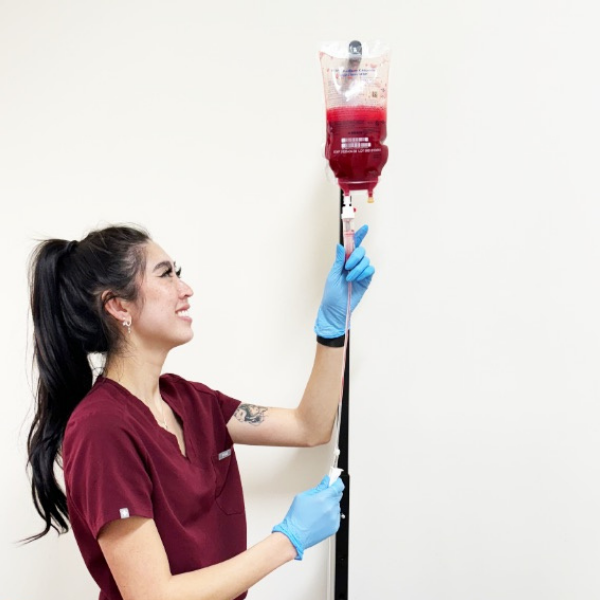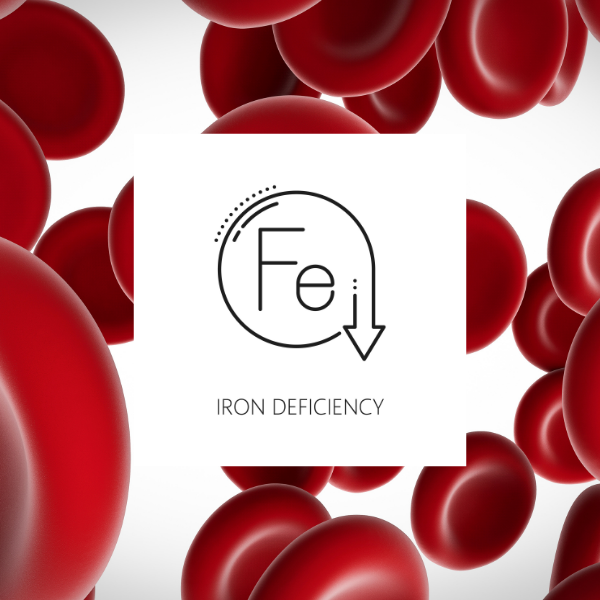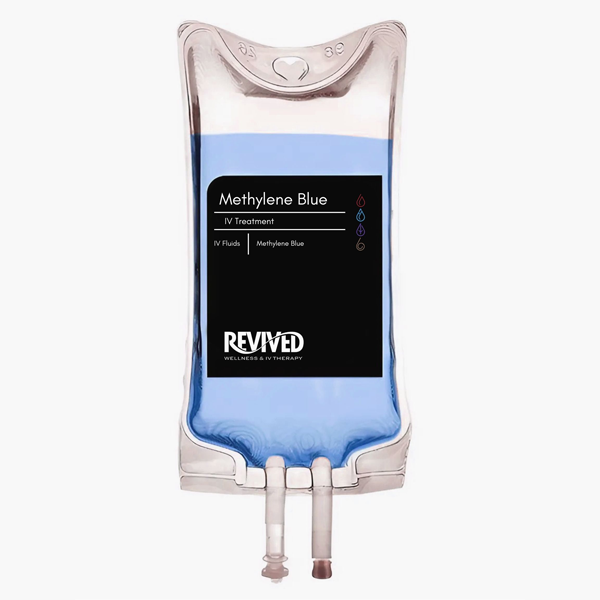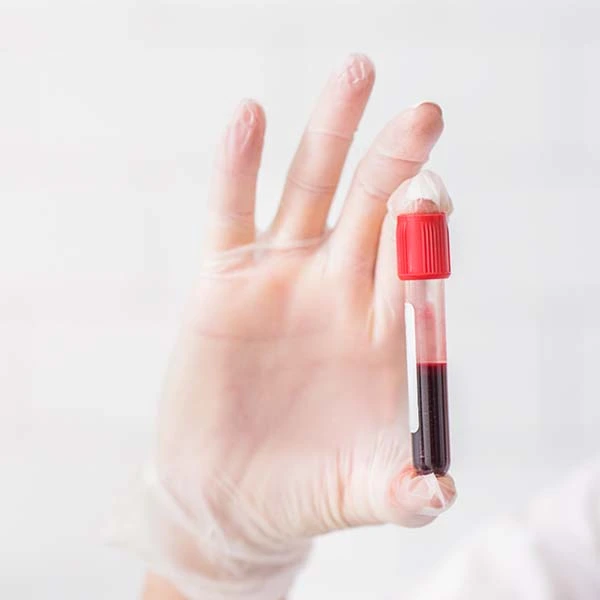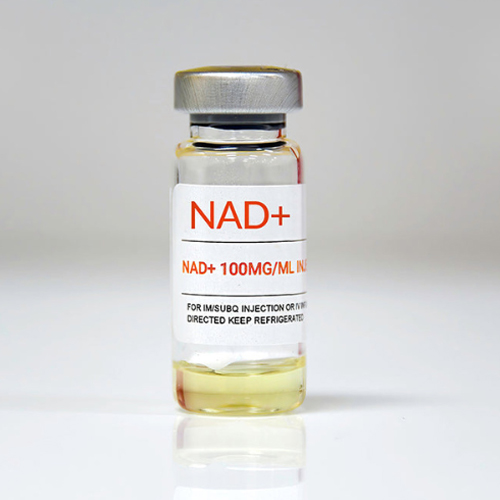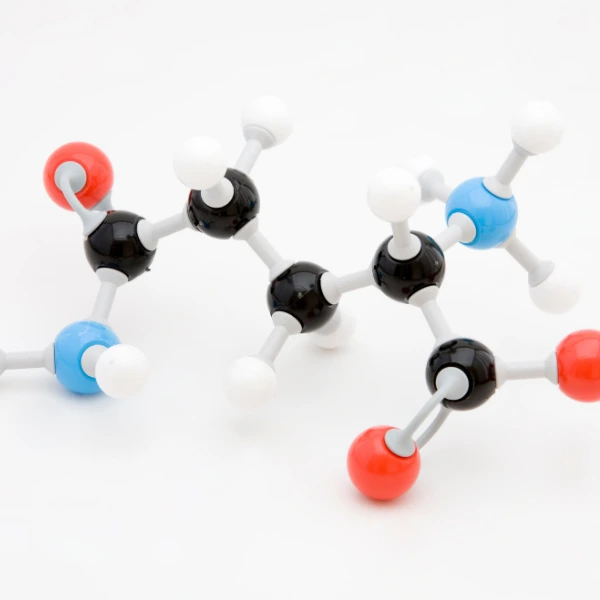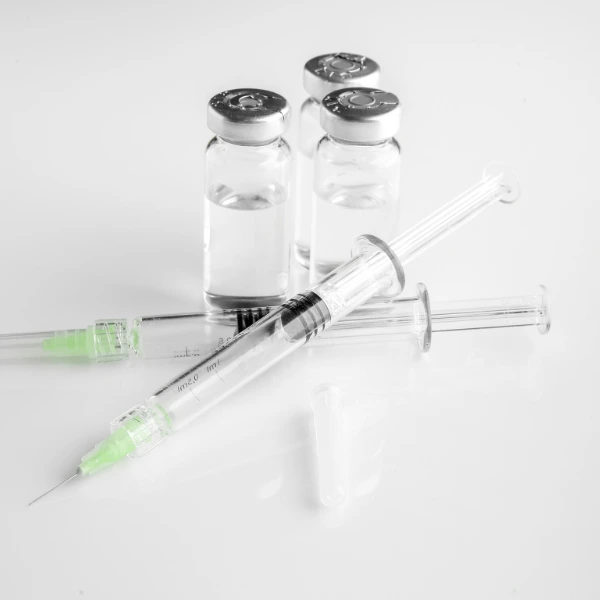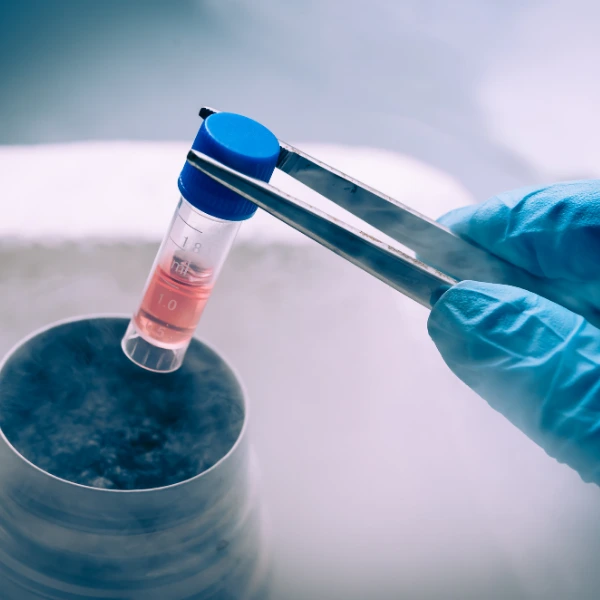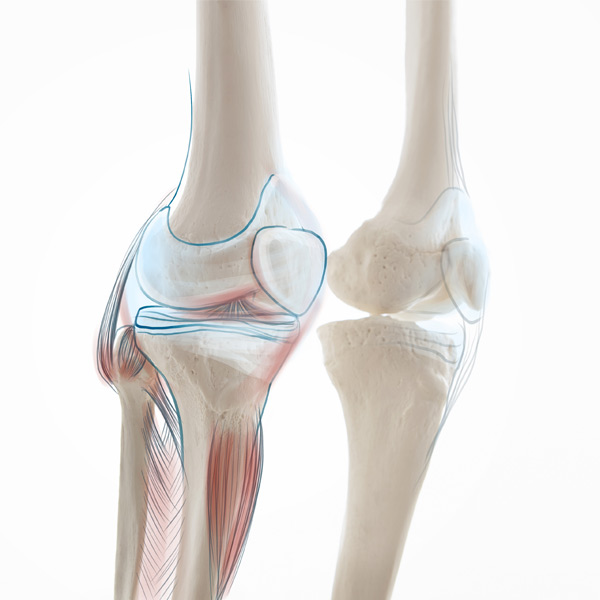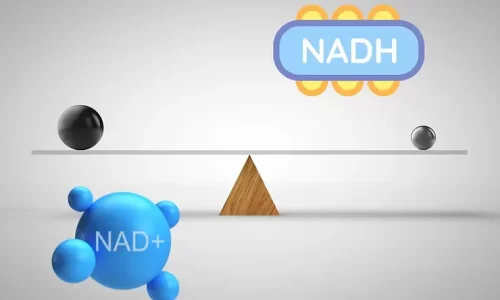Iron infusions and blood transfusions are two different medical treatments often used to address issues related to blood and iron levels in the body. While they might sound similar, their purposes, procedures, and outcomes are distinct. This blog will explain the key differences between the two, including what to expect during each treatment, potential side effects, and when each might be recommended. As always, consult with your doctor before starting any new therapy to ensure it’s the right option for you.
What Is an Iron Infusion?
An iron infusion is a procedure where iron is delivered directly into the bloodstream through an IV. This treatment is often recommended for individuals with iron deficiency anemia who cannot take or absorb oral iron supplements effectively. Iron is essential for producing hemoglobin, a protein in red blood cells that carries oxygen to tissues. Low iron levels can lead to fatigue, weakness, and shortness of breath, as the body struggles to transport oxygen efficiently.
According to the Mayo Clinic, iron infusions are typically given when a patient’s iron levels are too low and oral supplements aren’t effective, or when conditions like chronic kidney disease or malabsorption disorders make oral iron ineffective.
What Is a Blood Transfusion?
A blood transfusion is the process of transferring blood or specific components of blood (such as red blood cells, platelets, or plasma) from a donor to a patient. This procedure is commonly performed to replenish blood lost due to surgery, injury, or illness. Blood transfusions help maintain sufficient red blood cell levels in individuals with conditions such as severe anemia, sickle cell disease, or certain cancers.
Blood transfusions provide an immediate increase in red blood cells, helping restore the body’s ability to carry oxygen, according to the American Red Cross. Transfusions are particularly necessary in cases where blood loss is rapid or when the body’s ability to produce new blood cells is impaired.
Key Differences Between Iron Infusions and Blood Transfusions
While both iron infusions and blood transfusions involve intravenous administration, their purposes and uses are distinct.
Purpose: An iron infusion is used to replenish iron levels and treat iron deficiency anemia. In contrast, a blood transfusion is administered to replace lost or damaged blood or its components.
What’s Being Administered: During an iron infusion, only iron is delivered to the body, which helps produce more hemoglobin. In a blood transfusion, whole blood or specific blood components like red blood cells, platelets, or plasma are transfused into the patient’s bloodstream.
When It’s Needed: An iron infusion is typically needed when the body lacks sufficient iron, which may be caused by malnutrition, chronic illness, or poor iron absorption. On the other hand, a blood transfusion is necessary when blood is lost due to surgery, trauma, or when there is an urgent need to increase red blood cell levels.
Duration: The duration of an iron infusion generally ranges from 30 minutes to several hours, depending on the patient’s condition and the type of iron used. A blood transfusion, however, may take between one to four hours, depending on the volume of blood required.
Risks and Side Effects: Iron infusions can have side effects such as nausea, headaches, muscle cramps, or allergic reactions to the iron being administered. According to the National Institutes of Health, these side effects are typically mild. In contrast, blood transfusions carry risks such as allergic reactions, fever, and, in rare cases, infections from the donor blood. The NHS reports that modern screening methods have significantly reduced these risks, but transfusion reactions can still occur.
What to Expect During an Iron Infusion
Before starting an iron infusion, your healthcare provider will conduct blood tests to evaluate your iron levels and determine the correct dosage. The procedure begins with inserting a needle into a vein, usually in your arm, to administer the iron solution through an intravenous (IV) line. The infusion process is typically straightforward and can last from 30 minutes to several hours, depending on the type of iron used and your specific needs. Throughout the infusion, medical staff will monitor your vital signs to check for any adverse reactions. After the procedure, the IV line is removed, and you may be asked to stay for a short observation period to ensure there are no delayed reactions or side effects.
What to Expect During a Blood Transfusion
Before a blood transfusion, your healthcare provider will perform blood tests to identify the specific blood component you need. The transfusion starts with inserting a needle into a vein, through which the blood is slowly introduced into your bloodstream. During the transfusion, your vital signs will be monitored closely to detect any potential reactions, such as fever or chills. If any signs of a transfusion reaction occur, the healthcare team will take immediate action. Once the transfusion is complete, you may be observed for a short period to ensure there are no adverse effects, ensuring your safety and comfort.
Revived IV Therapy: Supporting Your Health in Houston
At Revived IV Therapy in Houston, we offer iron infusion therapy to address iron deficiency and promote overall well-being. Our skilled medical professionals are dedicated to providing personalized care throughout each step of the treatment. Whether you’re dealing with iron deficiency symptoms or looking for a dependable treatment option, Revived IV Therapy is ready to assist. Reach out to us today to discover how iron infusion therapy can enhance your health.


